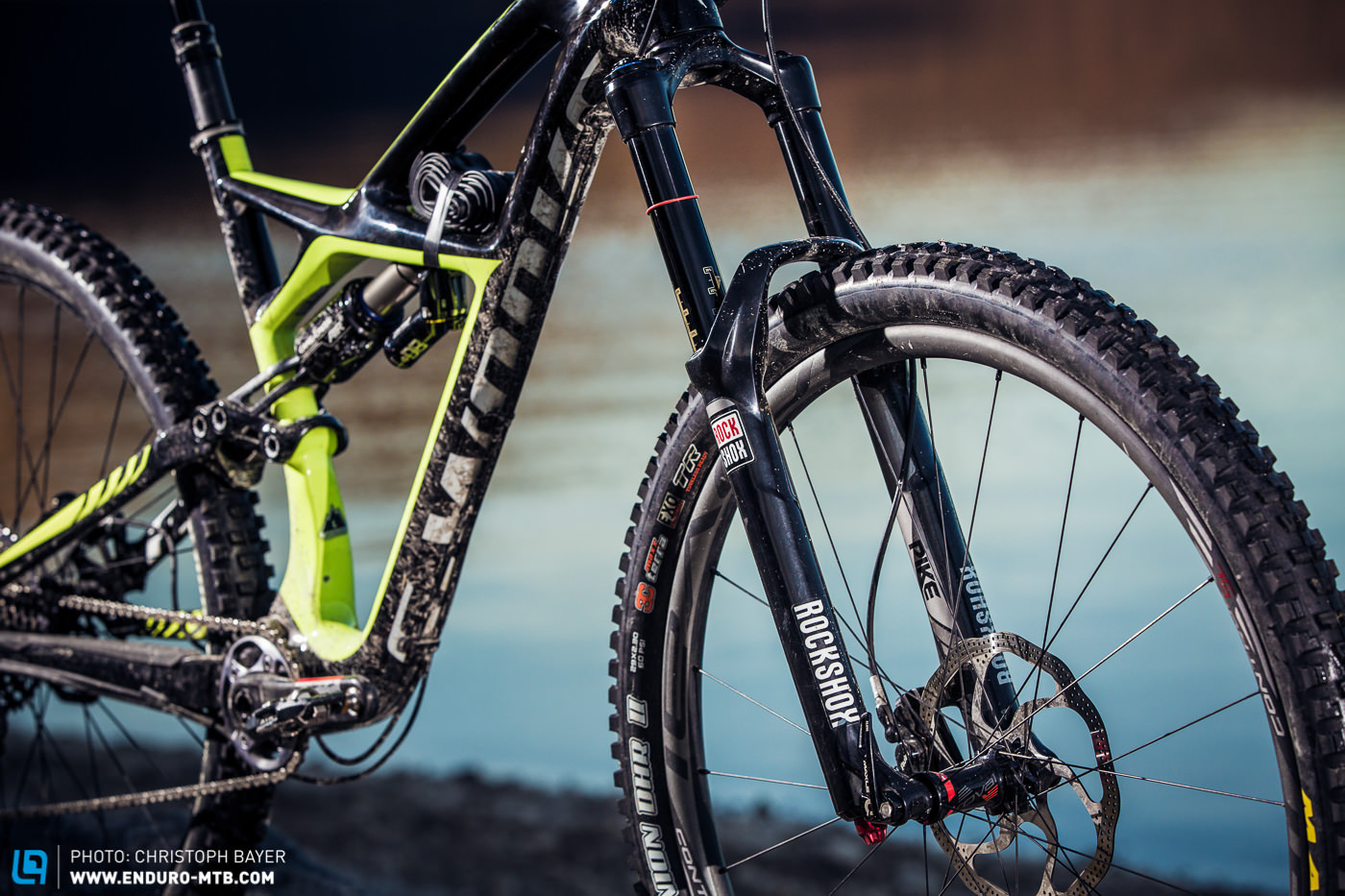I have done all of this stuff before, but not for a while and not with a tapered steerer tube. As y'all may have noted, I plan and neurose a lot up front.
Cane Creek says to install the crown race by tightening the top bolt, effectively using the headset itself as a press: https://canecreek.com/everything-you-need-to-know-about-headsets/ - new to me as a procedure.
Cane Creek says to install the crown race by tightening the top bolt, effectively using the headset itself as a press: https://canecreek.com/everything-you-need-to-know-about-headsets/ - new to me as a procedure.
Last edited:







